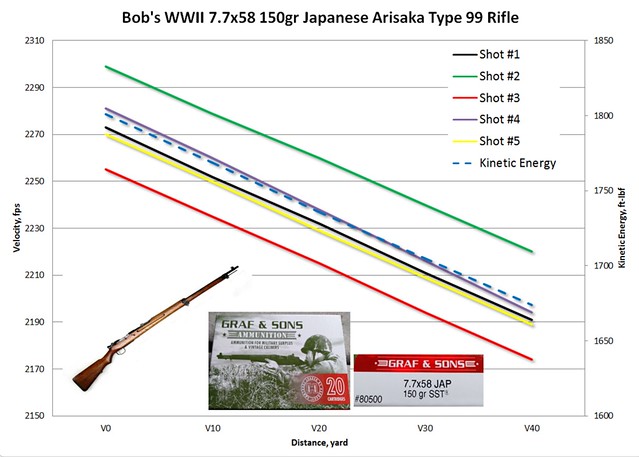Doublehelix
Member
- Joined
- Nov 7, 2016
- Messages
- 1,059
Ugh! I know this topic has been discussed to death here and on other forums, but I am pretty frustrated right now as I wrestle with the question of which chronograph to buy.
You can get a standard shoot-through chronograph for between $100 and $200 that will get the job done for the serious hobbyist. I realize that those that are more advanced can spend several times more.
The downside to these types of shoot-through devices are many, including needing a cold range to setup, the possibility of shooting your own chronograph, and of course weather and light issues, just to name a few. In the winter, I shoot at an indoor course where you cannot setup anything beyond the firing line, PERIOD.
The next step up (in my mind) is something like the Magnetospeed, which solves some of the shoot-through design issues listed above, but is almost $400, and has the potential to affect the POI. Even with the rail adapter, it still will not work on all of my guns. (small pistols, etc.)
This brings me to the Labradar, which solves all of those technical issues, but costs $560 plus mounting plate and carrying case, so well over $600 for the package. There are some reported issues with the Labradar as well, but honestly, this is by far the best solution that I can find, but... did I mention that it is over $600?
I can buy a lot of stuff for $600 that will last me for a long, long time, like *two* Forster Co-Ax presses or a Dillon XL650. Maybe even a Remington 700 in .308...
The Labradar will see *some* work, but not enough to justify the $600 ticket even though it is perfect in pretty much every way.
How are other folks reconciling this???
You can get a standard shoot-through chronograph for between $100 and $200 that will get the job done for the serious hobbyist. I realize that those that are more advanced can spend several times more.
The downside to these types of shoot-through devices are many, including needing a cold range to setup, the possibility of shooting your own chronograph, and of course weather and light issues, just to name a few. In the winter, I shoot at an indoor course where you cannot setup anything beyond the firing line, PERIOD.
The next step up (in my mind) is something like the Magnetospeed, which solves some of the shoot-through design issues listed above, but is almost $400, and has the potential to affect the POI. Even with the rail adapter, it still will not work on all of my guns. (small pistols, etc.)
This brings me to the Labradar, which solves all of those technical issues, but costs $560 plus mounting plate and carrying case, so well over $600 for the package. There are some reported issues with the Labradar as well, but honestly, this is by far the best solution that I can find, but... did I mention that it is over $600?
I can buy a lot of stuff for $600 that will last me for a long, long time, like *two* Forster Co-Ax presses or a Dillon XL650. Maybe even a Remington 700 in .308...
The Labradar will see *some* work, but not enough to justify the $600 ticket even though it is perfect in pretty much every way.
How are other folks reconciling this???



